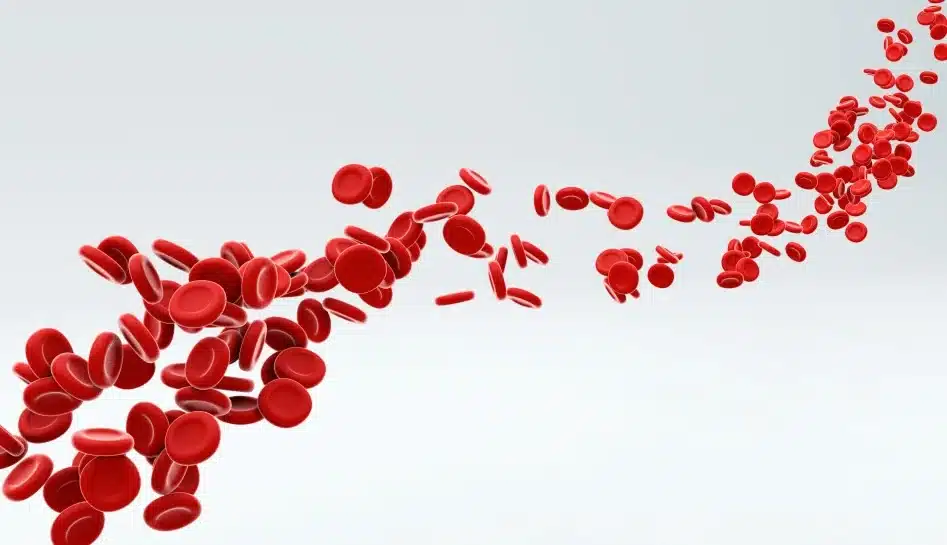Scientists can now develop methods for early detection of blood type incompatibility between the mother and her child and transfuse the baby while still in the womb to prevent further fetal and newborn deaths.
Scientists from the University of Bristol in the UK and the National Health Survey Blood and Transplant (NHSBT) recently discovered a new, ultra-rare blood type known as the Er type, making it the 44th blood group to be found so far.
The discovery was made after an unborn baby at a UK hospital experienced serious difficulties while still inside the mother’s womb, prompting an urgent c-section and a blood transfusion for the child. However, the baby suffered a brain hemorrhage and passed away..
The doctors discovered some odd antibodies in the mother’s blood while doing their investigation into the baby’s death. The tests revealed that the mother had a rare Er blood type that was not compatible with her baby’s blood.
When a person receives blood not similar to their own, the body releases antibodies to fight off the foreign blood, resulting in immune system infections and sometimes even death. In this case, the mother’s immune system possibly detected the fetus’s antigens as foreign and released antibodies. These antibodies passed through the placenta and attacked the baby’s RBCs, causing the baby to develop Hemolytic illness. The sickness affects fetuses and infants due to incompatibility between their blood and that of the mother.
The discovery of the Er blood group “demonstrates that even after all the research conducted to date, the simple red blood cell can still surprise us”, said Professor Ash Toye, Professor of Cell Biology at the University of Bristol and Director of the NIHR Blood and Transplant Research Unit.
The common blood types
The human body typically has four different blood types: A, B, O, and AB. Also present in our bodies are antigens, which are the proteins found on the surface of our red blood cells (RBCs). The blood groups A, B, O, or AB are classified according to the antigen present in our RBCs.
If either antigen A or antigen B is present on the RBC surface, the blood type will be A or B respectively. If both antigens A and B are present on the surface, the blood type will be AB. Alternatively, if antigens A and B are both absent, then the blood type will be O. All these blood types can be either negative or positive.
The rare blood types such as the Er type do not fit into this traditional ABO system. The Er blood group has 5 antigens – Era, Erb, Er3, Er4, Er5. The first three have been known to exist for the last 30 years but were not grouped into any blood classification system. Er4 and Er5 were discovered recently. The Er blood type is typically associated with the Piezo1 protein found on the surface of RBCs.
These five antigens differ from each other in the varying quantities of amino acids present in the Piezo1 protein. Some antigens may have more or less Piezo proteins than others which is why they appear foreign to each other leading to immune system attacks.
The way forward
“Discovering a new blood group system is like discovering a new planet. It enlarges the landscape of our reality”, said assistant professor Daniela Hermelin at the Saint Louis University School of Medicine in an interview with Wired magazine.
There is now evidence that the Er blood group contributes to fetal death in some cases.
Scientists can now develop methods for early detection of blood incompatibility between the mother and her child and transfuse the baby while still in the womb to prevent further fetal and newborn deaths..
For people with the Er blood type, the discovery could be advantageous as it would make more people and medical professionals aware of their blood type and consequently enable seeking help during emergencies and transfusions a little easier than before.
Read more : https://h-leads.com/five-rarest-blood-types-in-humans/

















